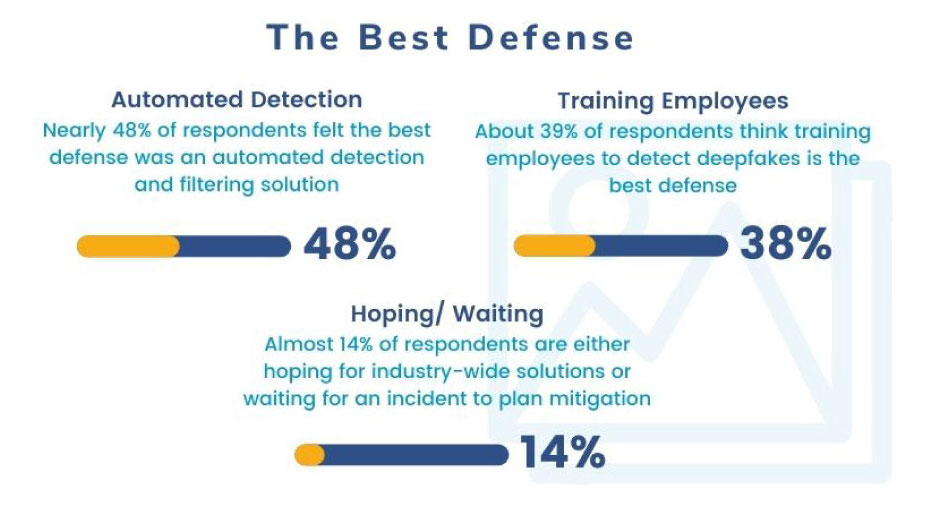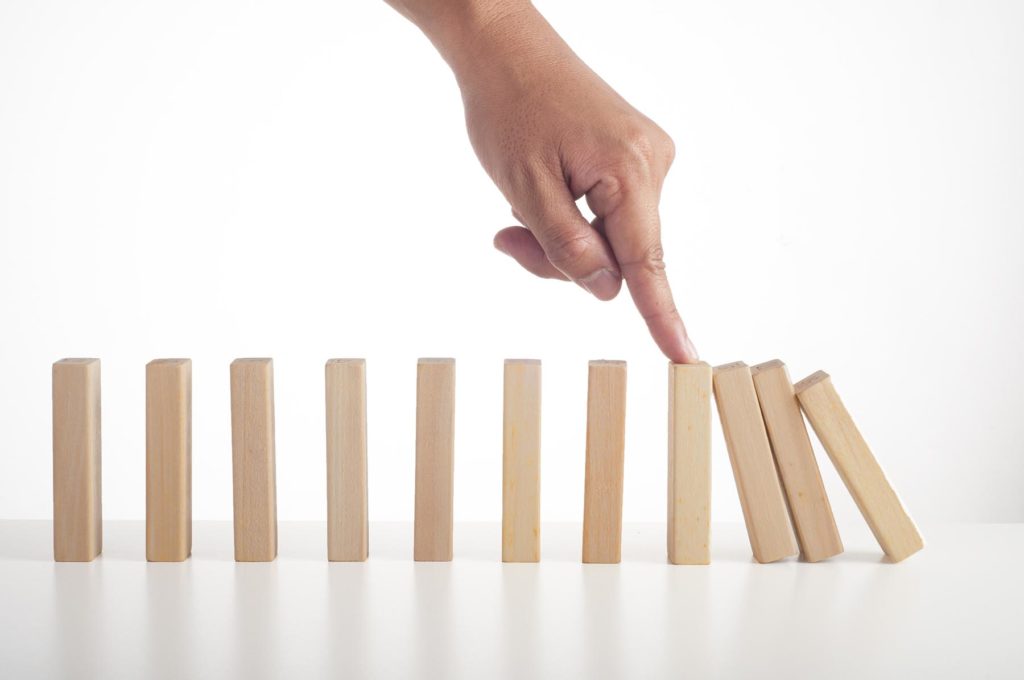
In the world where the prevalence of fake digital media is increasing, two potential approaches that can be taken to determine media authenticity are:
- Detection – the process of determining whether media you possess has already been altered
- Prevention – the process of disallowing media to be manipulated or changed from the point of capture or creation
Detection
On the one hand, detecting whether digital media like photos, documents and video have been tampered may seem to be a cat and mouse game that may never end. The detection tools designed to flag manipulation will always be chasing evolving and improving editing tools that do the manipulation.
It is anticipated that eventually the editing software will be able to generate media that is no different than the media generated by a device which creates it – effectively generating synthetic media with all the attributes of an original. Even today, there are some editing tools that make it very difficult to identify forensic traces of editing.
On the other hand, detection is sometimes the only defense when the origin of the media is unknown. For instance, it is very difficult to trace the origin of a photo downloaded from the internet or sent via email depending on how much it has been processed. However, just as AI is often being used to modify photos today, AI can perform a deeper analysis of photos to determine the possibility of editing. In some instances, this is the only choice.
Prevention
Unlike detection, prevention gives us a more reliable solution to this problem. By locking down the media at the point of capture, so that any changes become tamper-evident, we are much more confident that the content we are viewing is original and unchanged. Of course, this only applies when we are at the point of creation or capture, which means it cannot always replace detection as the best defense.







